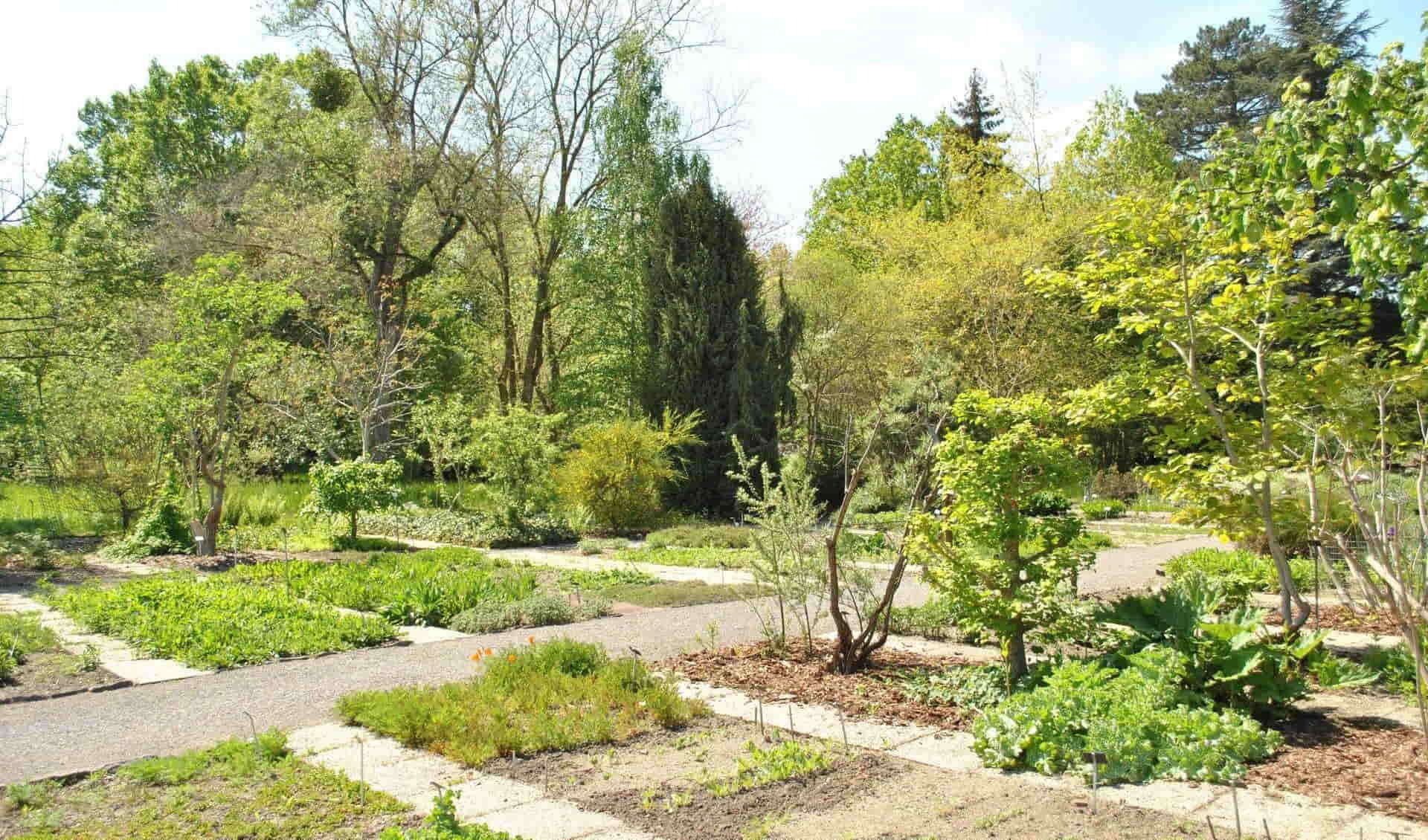The Dresden Botanical Garden, or Botanischer Garten Dresden, is a verdant oasis that captures the imagination of both young and old. With around 10,000 plant species from various climate zones and geographical regions, this living museum is a delightful retreat that educates and entertains. Located on Stübelallee, adjacent to the Großer Garten, it's a place where families can wander through a range of ecosystems, learning about biodiversity and the importance of plant conservation.
The Garden divides its treasures between outdoor beds, where the seasons paint changing tapestries, and three demonstration greenhouses showcasing tropical and subtropical plants. Children are often fascinated by the exotic flora, from the spiky desert cacti to the lush canopy of the rainforest, making it a real-life classroom for nurturing curiosity about the natural world. As winter or rainy days keep families indoors, these greenhouses offer a balmy escape to a world that buzzes with life year-round.
Contents
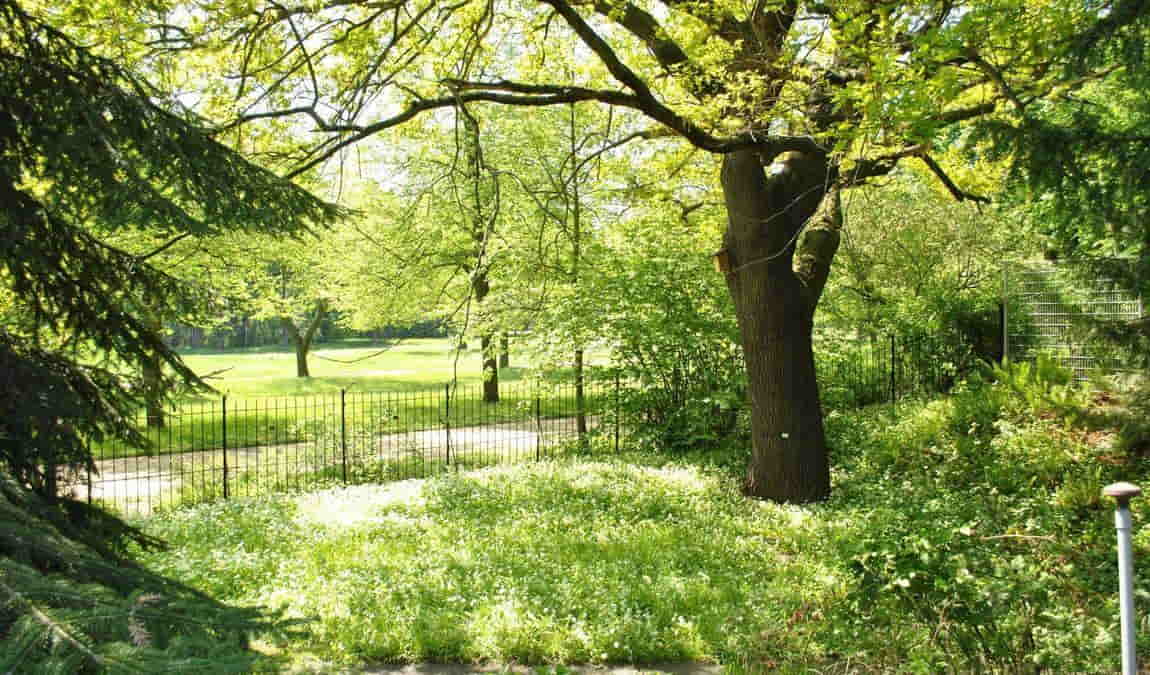 Photo: facebook.com/BotanischerGartenderTUDresden
Photo: facebook.com/BotanischerGartenderTUDresden
An afternoon at the Botanischer Garten Dresden promises a blend of education, wonder, and relaxation. Whether it's marveling at the fossilized tree stumps that whisper of ancient times or enjoying the simple pleasure of a leisurely picnic surrounded by the Garden's tranquility, there's an experience for every family member. This slice of greenery provides a peaceful counterpoint to the bustling city landscape and a serene invitation to slow down and appreciate life's more straightforward, finer things.
Here is Why Your Kids Will Find it Interesting
Dresden Botanical Garden is a wonderland of flora that sparks children's curiosity. The Garden boasts a vast collection of plants from around the globe and offers a unique educational experience for families.
- Explore a World of Plants: With about 10,000 plant species to discover, children of all ages become botanists daily, learning about diverse ecosystems and the importance of plant conservation.
- Engaging Sensory Experiences: The Garden provides an engaging sensory experience for young visitors. They'll love the vibrant colors of exotic flowers, the intriguing textures of different leaves, and the sweet scents that waft through the air.
- Garden's Layout and Design: The botanical Garden's thoughtfully designed landscape makes it easy for little ones to navigate and explore. As every turn reveals something new, even very young children delight in the Garden's surprises.
Dresden Botanical Garden is worth visiting with kids, mainly because it caters to their inherent curiosity and provides ample learning opportunities in an interactive environment.
Children of all ages, from toddlers reveling in the sights and smells to school-aged children developing a more focused interest in natural sciences, find the Garden informative and enchanting.
For parents looking to blend education with outdoor activities, the Dresden Botanical Garden, set against the backdrop of the Großer Garten, is an excellent choice for a family day trip.
One of Dresden's most interesting museums, the Deutsches Hygiene-Museum, is just 1.2 km from the park.
History and Foundation
 Photo: facebook.com/BotanischerGartenderTUDresden
Photo: facebook.com/BotanischerGartenderTUDresden
This place unfolds a rich tapestry of history, tracing its roots back to the early 19th century. It serves as a repository of plant diversity and embodies the resilience and progression of scientific inquiry in Saxony.
The Botanical Garden of Dresden took its first breath in 1815 when the Surgical Medical Academy allotted a plot for its establishment. The Garden initially flourished on the eastern edge of Dresden's old city. It was not just a green oasis but a center for education and scientific study, closely associated with prominent figures like Ludwig Reichenbach.
During World War II, the Dresden Botanical Garden did not escape unscathed; it suffered significant damage, echoing the turmoil in Saxony and beyond. Post-war recovery efforts led to revitalizing the grounds, a testament to Dresden's determination to rebuild and restore its scientific and cultural heritage.
In contemporary times, the Garden has become an integral part of the Technische Universität Dresden (Dresden University of Technology), known as TU Dresden. Under the guidance of experts like Carl Georg Oscar Drude, the Garden has expanded its collection and role in education. Today, the Botanical Garden is a beacon of biodiversity with roughly 10,000 plant species and a sanctuary for families to immerse themselves in nature and learning amidst the bustle of modern Dresden.
Garden Layout and Zones
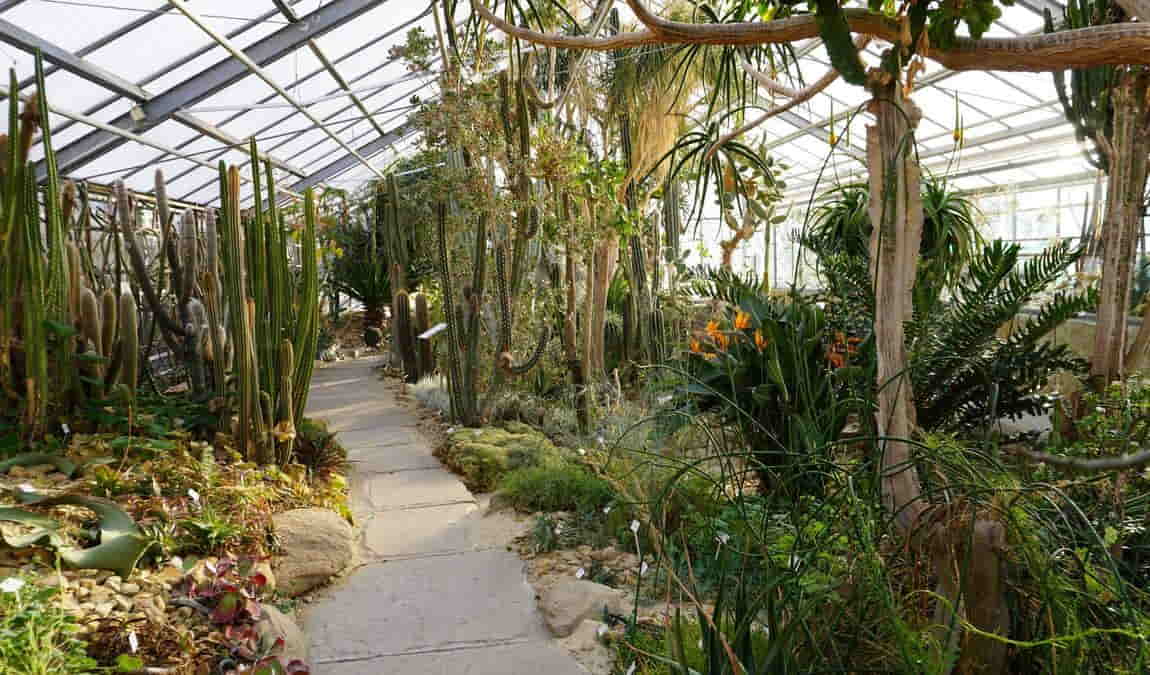 Photo: facebook.com/BotanischerGartenderTUDresden
Photo: facebook.com/BotanischerGartenderTUDresden
The Dresden Botanical Garden, situated adjacent to the Großer Garten, showcases a vast array of plants in meticulously arranged zones and houses. Each section is designed to represent different ecological environments, from lush tropical ecosystems to arid landscapes, providing an enthralling educational experience for families and especially children eager to explore nature's wonders.
The Great Tropical House
The focal point of this spot is the Great Tropical House. This expansive greenhouse is a haven for exotic plants from the Paläotropis, the ancient tropical region of the world. Visitors can marvel at the lushness of the tropical flora and learn about the complex ecosystem that supports such biodiversity.
Subtropical and Mediterranean Collections
Each climate-controlled zone within the Greenhouses caters to various plant life, including the Subtropical and Mediterranean Collections. Here, families are transported to warmer climates where citrus trees flourish alongside olive groves and majestic date palms, reflecting the rich biodiversity in subtropical regions.
Outdoor Gardens and Thematic Areas
Outside the greenhouses, the Outdoor Gardens and Thematic Areas are geographically arranged, highlighting flora from different parts of the world, including Central Europe. These spaces allow children to observe the distinct characteristics of regional plants and appreciate the diversity within Saxony's natural landscape.
Specialized Greenhouses
The specialized greenhouses, including the Aquatic Greenhouse and the Succulent House, offer a glimpse into the unique life forms that thrive in these niche environments. Visitors can observe aquatic plants such as the giant water lily Victoria Cruziana or learn about succulents' adaptation strategies in arid conditions. Each greenhouse is tailored to replicate the native habitats of the plants it contains, ensuring an authentic and educational experience.
Visitors to the Dresden Botanical Garden are invited to embark on a journey through the diverse plant kingdoms, each zone providing a fresh perspective on the plant species that thrive in our planet's various pockets. Its central location in Dresden is a must-visit for families looking to cultivate a sense of wonder and knowledge about the natural world.
Plant Collections
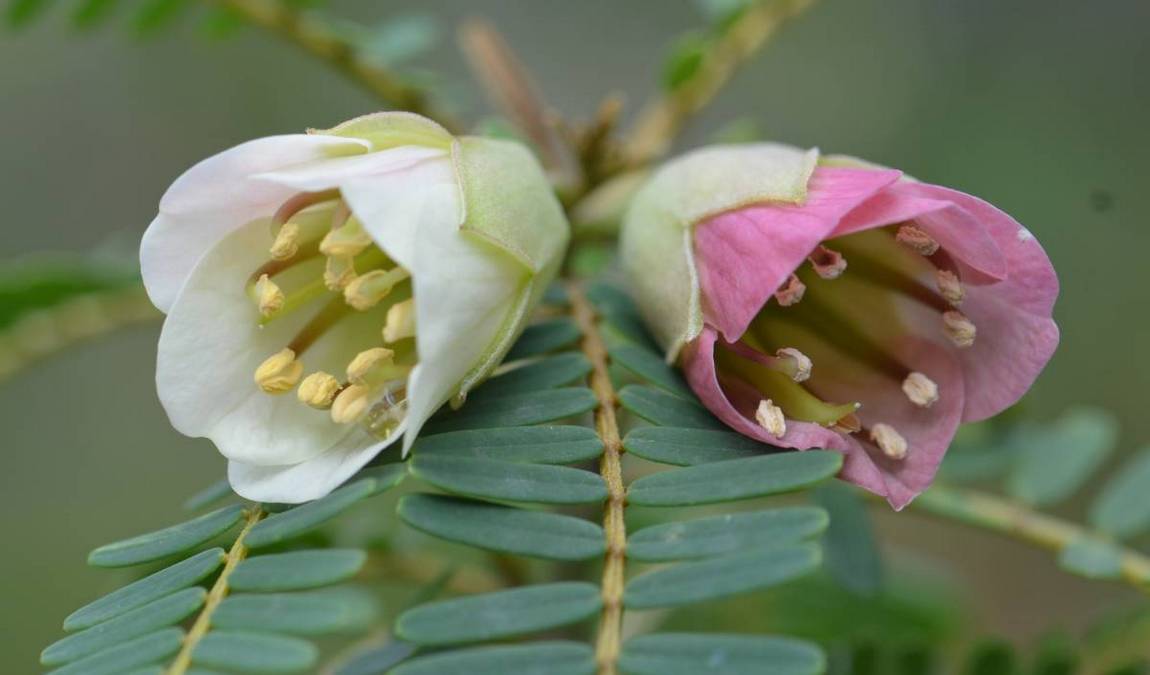 Photo: facebook.com/BotanischerGartenderTUDresden
Photo: facebook.com/BotanischerGartenderTUDresden
The Dresden Botanical Garden is a living museum boasting an impressive collection of over 10,000 plant species, each an intricate piece of natural art. Families will discover a curated selection showcasing everything from exotic rarities to local flora spread across varied habitats that offer an array of vibrant colors and unusual shapes.
Visitors encounter a breathtaking display of orchids and primroses within the Dresden Botanical Garden, each with distinct beauty. The orchids, with their various intricate designs, captivate both young and old, while the delicate primroses signal the arrival of spring in an explosion of colors.
The Garden's three climate-controlled greenhouses immerse families in the lush environments of tropical and subtropical plants. Walking through these, they'll find myriad plant life, including vibrant orchids, cacti, and succulents, hailing from different corners of the globe, all thriving under one roof.
For those keen on the unique and scarce, the Garden holds treasures like Quercus phellos and Hamamelis, a feast for the senses. The Quercus phellos, with its beautiful foliage, and Hamamelis often surprise visitors with their spider-like flowers, even during the colder seasons.
The Botanical Garden also plays a crucial role in conserving local flora, offering a glimpse into the botanical diversity of the Saxony region. Endemic species, often overlooked, are highlighted here, encouraging an appreciation for Saxony's native plant life.
The arboretum section presents a collection of woody plants and trees, including majestic magnolias, as both a research resource and a peaceful retreat. Families can wander among these towering specimens, enjoying the shade and tranquility of these leafy giants.
This exciting exploration of flora at the Dresden Botanical Garden invites families to experience the wonders of the plant kingdom in ways that will leave lasting memories and a deepened respect for nature's botanical marvels.
Best Time to Visit
 Photo: facebook.com/BotanischerGartenderTUDresden
Photo: facebook.com/BotanischerGartenderTUDresden
Visiting the Dresden Botanical Garden is a delightful experience for families year-round, with an emphasis on late spring through early fall for the most vibrant displays. Visitors with children will find the Garden exceptionally accommodating during this time due to the flourishing of plant life and more suitable weather for young explorers.
Peak Bloom Seasons:
- Spring: A burst of color as tulips, daffodils, and other spring flowers emerge.
- Summer: Lush greenery and a wide array of blooming flowers make the Garden come alive.
- Fall: A stunning display of autumnal colors as some plants end their cycles.
Best Days and Times:
- Weekdays: Generally less crowded, allowing for a more intimate experience.
- Mornings: Fresh, cool air and a peaceful atmosphere enhance the visit.
Families should consider the educational programs often available on weekends, where kids can entertainingly engage with nature. The Garden is typically open from morning to dusk, yet visiting during the morning ensures that families can see the gardens in full daylight before any afternoon fatigue sets in.
Suggested Visit:
- Tuesday to Thursday, from 9:00 AM to 11:00 AM, to avoid larger weekend crowds and fully enjoy the sights and educational opportunities.
For more information on the plants in bloom and activities available for families, visitors can check the Botanical Garden — TU Dresden website before planning their visit.
How Long Does It Take to Attend?
Visiting the Dresden Botanical Garden is a delightful experience that can vary in duration depending on one's pace and interest. Families with children often find that a concise visit lasts approximately 1-2 hours. It allows ample time to explore the main highlights, including the beautifully arranged outdoor beds and the fascinating greenhouses with exotic collections.
Here is a simple breakdown:
- Outdoor Areas: Allow about 30-45 minutes to stroll through the outdoor gardens, which host a range of plant species from around the globe.
- Greenhouses: Reserve approximately 30-45 minutes to wander through the three climate-themed greenhouses, each presenting a unique environment, from tropical to subtropical flora.
Tips for Families:
- Picnic: Consider packing a snack to enjoy in the designated areas, which can extend your stay comfortably.
- Educational Activities: For curious young minds, engaging educational signs dot the landscape, which may add extra time to your tour.
It's best to account for a little extra time with children in tow. They might find the living plant collections captivating or wish to stop and observe the intriguing plant life more closely. The Garden's manageable size makes it a perfect half-day activity, allowing families to avoid the fatigue that more extensive botanical gardens might impose while ensuring a rich and memorable experience.
Is Dresden Botanical Garden Worth Visiting?
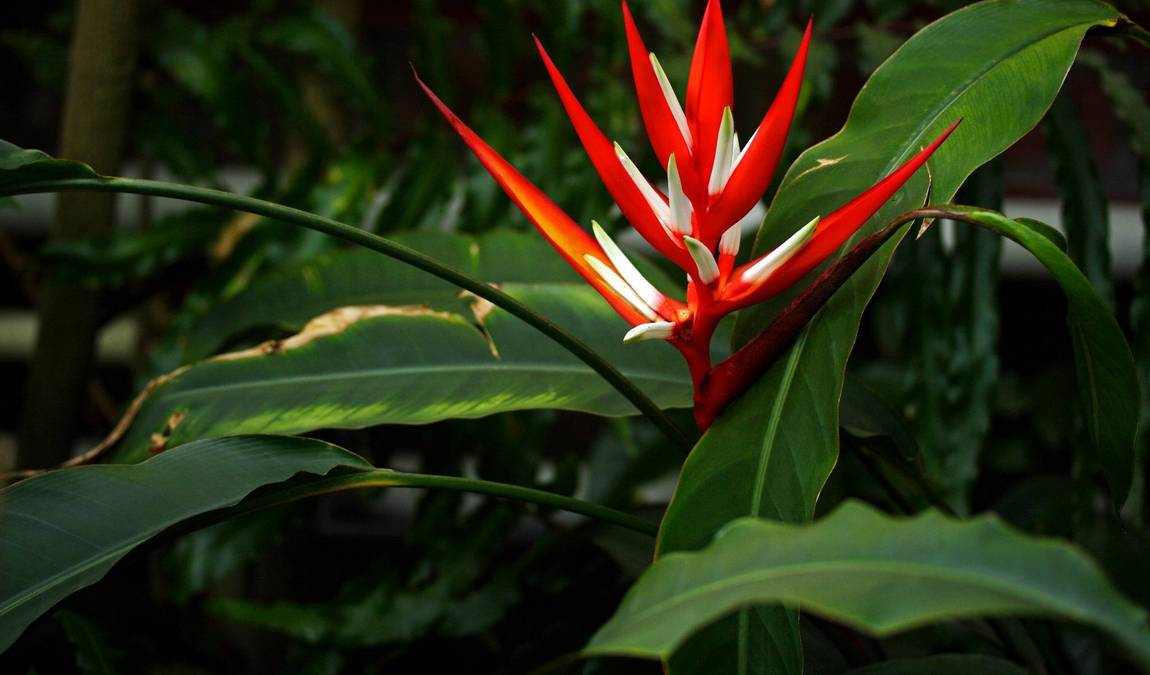 Photo: facebook.com/BotanischerGartenderTUDresden
Photo: facebook.com/BotanischerGartenderTUDresden
Dresden Botanical Garden is a slice of Eden in Saxony's historic city. It isn't just a visual treat with its 10,000 plant species but an educational excursion that could captivate the youngest of minds as it does seasoned botanists. Its meticulously maintained sanctuary stands beside the expansive Großer Garten, promising a wholesome day out for families.
The Garden is easy to navigate, with marked paths leading visitors through different sections that showcase exotic and native flora. Imagine walking through rainforest houses, discovering plants not seen in everyday gardens, and the delight on your children's faces as they spot colorful blooms and exotic cacti. Interactive, informative signs pepper the grounds, turning a stroll into an intriguing learning experience.
For those curious souls, the Garden's history traces back to 1815, and now, according to the Botanical Garden — TU Dresden, it thrives as a research and conservation site. Entry is free, and the Garden is open year-round, inviting families to explore any season's splendor.
Reasons to visit Dresden Botanical Garden include its accessibility, the diversity of plant life, and the perfect combination of education and enjoyment for visitors of all ages.
Friendly to little explorers and appealing to the guardians of nature, Dresden Botanical Garden melds leisure and study into a single appealing package for families who wish to savor nature's diversity within city reach.
Conclusion
Dresden Botanical Garden is worth visiting for its educational offerings, year-round access, and free admission, making it an ideal spot for family outings. With delightful areas such as rainforest houses and vibrant flower beds, there's much to capture adults and children's imagination and curiosity. This gem offers more than just a stroll amidst greenery; it provides a chance for families to bond, learn, and create lasting memories surrounded by the marvels of plant life. Plan a visit, delight in the sights, and treasure the shared moments at Dresden's enchanting botanical refuge.


